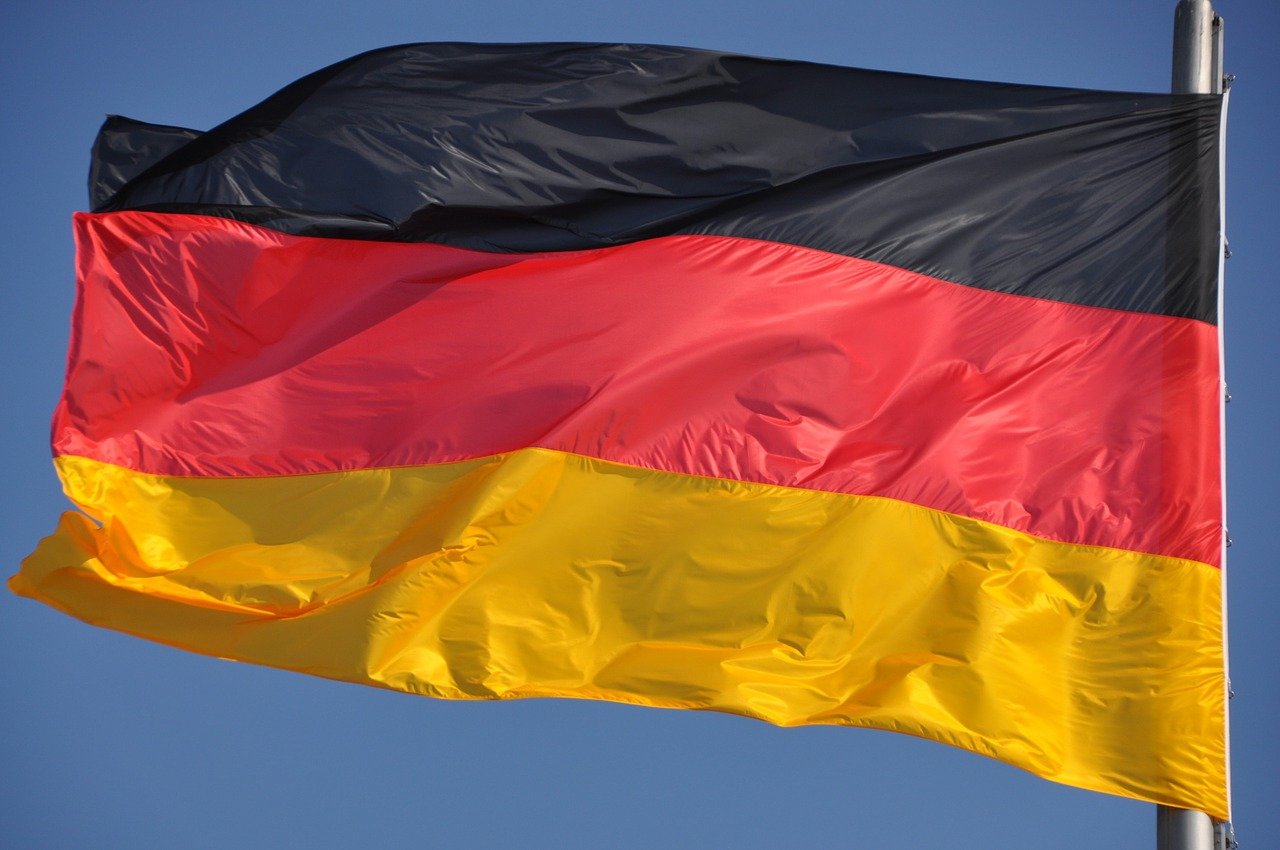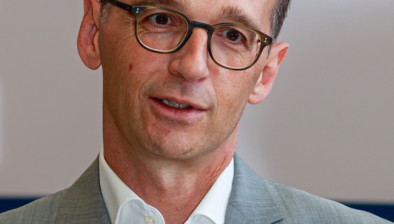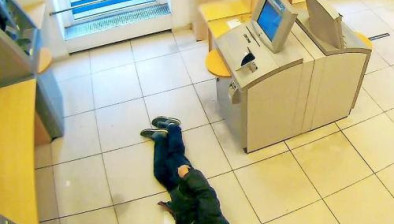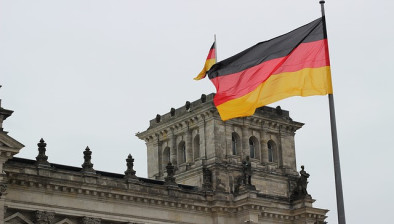Germany: Court allows antisemitic sculpture to remain on church

An antisemitic sculpture can remain on the facade of a church, Germany’s highest court has ruled.
The 13th century Judensau in the eastern town of Wittenberg depicts a rabbi lifting the tail of a sow while two Jewish children suckle at its teats.
The case had been brought by a Jewish man who argued the sandstone carving was insulting to all Jews.
But the Federal Court of Justice has upheld rulings of the lower courts which stated there had been no breach of the law.
In 1988, a memorial was set into the ground below the relief detailing the persecution of Jews and referring to the Holocaust. A sign also gives information about the sculpture.
While taken in isolation the work “derides and denigrates Judaism as a whole”, the memorial explaining its historical background meant the parish had distanced itself from the “defamatory and antisemitic message” of the statue, the court ruled.
Josef Schuster, head of the Central Council of Jews, said that while the decision was understandable, the sign did not contain “an unequivocal condemnation of the antisemitic sculpture”.
“Both the Wittenberg parish and the churches as a whole must find a clear and appropriate solution for handling antisemitic sculptures,” Mr Schuster said. “The defamation of Jews by the churches must belong in the past once and for all.”
Regional bishop Friedrich Kramer said the church would support “further development” of the memorial. He said that the sign no longer satisfies the “aspiration to break the effect” of the antisemitic statue.






